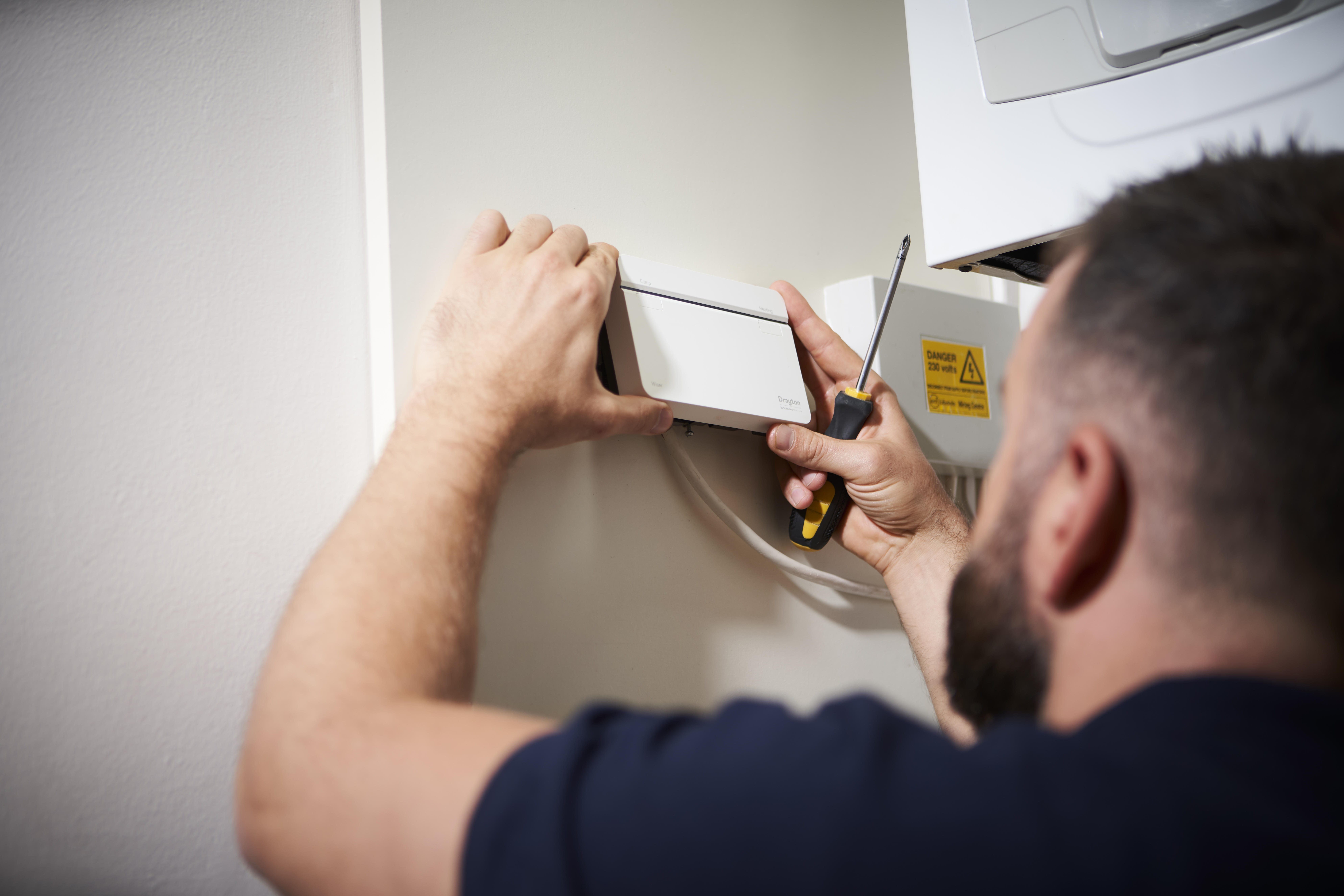Get Wiser
What Pressure Should My Boiler Be?
The boiler is the heart of your home's central heating system, keeping your home cosy during cold seasons. If your boiler breaks down, you’ll be left with no heating or hot water, which isn’t ideal for a cold UK winter.
To keep your boiler in top condition, maintaining the correct boiler pressure is crucial. However, many homeowners are unsure about what the ideal boiler pressure should be and how to monitor it using the boiler gauge.
Let’s demystify boiler pressure, explain its significance, and learn how to maintain the right boiler pressure level for an efficient and reliable heating system.
What Is Boiler Pressure?
Your boiler pressure, measured in bar units, refers to the balance of water and air within the heating system, which is critical to maintaining optimal heating performance.
If the pressure is too high or too low, it can lead to various issues, such as reduced heating efficiency, potential damage to the boiler, or even a complete system shutdown.
How Do I Check Boiler Pressure?
To check your boiler's pressure, locate the boiler gauge, which is usually situated on the boiler's front panel. The boiler gauge resembles a small dial or display and indicates the pressure level in bar units.
What Should Boiler Pressure Be With The Heating Off?
The recommended boiler pressure typically falls within the 1 to 1.5 bar range when your heating is turned off, and the system is cold. This pressure range ensures your boiler operates efficiently and safely, providing sufficient heat to your home.
What Should Boiler Pressure Be With The Heating On?
When the heating system is in operation and hot water is circulating in your home, the pressure may rise slightly to around 2.0 bar but shouldn’t exceed 2.5 bar.
What Should I Do If The Boiler Pressure Is Wrong?
Some boilers will have different recommended ranges for boiler pressure, so it’s important to check with your manufacturer. However, if your boiler gauge is reading very high or low levels, you must act to prevent any damage to your heating system.
Increasing Boiler Pressure
If the boiler pressure is too low, it means that there isn’t enough hot water in the system, which can be due to a leak. Check your radiators for any damp spots or rusty patches, and if you find one, make sure to get it fixed.
Once the leak is fixed, you can increase your boiler pressure by following these simple steps:
- Switch off the boiler and wait for it to cool down.
- Locate the filling loop, usually a flexible metal hose, attached to the boiler.
- Open the filling loop valves to allow water to enter the system.
- Keep an eye on the pressure gauge and stop filling when it reaches the recommended range (1 to 1.5 bar).
- Close the filling loop valves and switch on the boiler.
If you don’t find a leak, or your boiler is still losing pressure, you should stop using the system and call a Gas Safe engineer to inspect the system and find the cause.
Reducing Boiler Pressure
If the boiler pressure is too high, you can easily bring the pressure down by bleeding some of your radiators. This process releases excess air from the system, helping to bring the boiler pressure back within the correct range.
If the boiler pressure rises again after you’ve bled your radiators, it could be another sign that something is faulty in your heating system; in that case, it’s best to have a Gas Safe engineer take a look.
Maintaining the correct boiler pressure is essential for a well-functioning, energy-efficient heating system. With the help of the boiler gauge, you can easily monitor the pressure level and take necessary actions if it falls outside the recommended range. Remember, when in doubt or if you encounter any issues with your boiler's pressure, always consult a professional Gas Safe heating engineer to ensure the safety and longevity of your heating system.
To maximise heating efficiency after your boiler and radiator maintenance, upgrade to a Wiser smart radiator thermostat to control your home’s heating from wherever you are.


